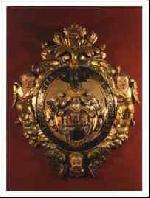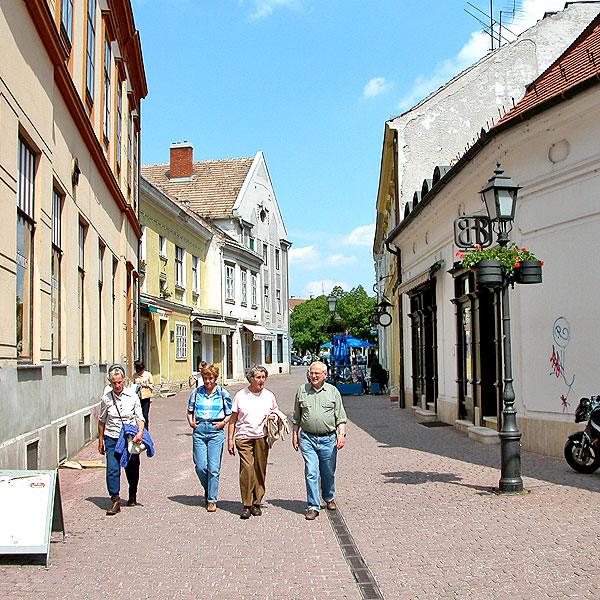 |
Exhibition of regional history
The exhibition on the first floor of the Storno House presents the history of Sopron County. The authentic documents and relics collected since 1867 are the illustrations of the time which has elapsed ever since. Visitors see the complete history of the Sopron area, with all its periods of development.
While the 17th century was mainly characterized by fights against the Turks and the Habsburgs, this period was one of Sopron's the golden ages. During this period, five parliamentary sessions and the coronations of two queens and a king were held in the town, as shown in the first room.
 |
Regulations and master books prove the establishment and dynamic development of the independent guilds of several trades. The jugs, pistols, sabres, guns, and suits of armour make the collection really spectacular. A rich butcher of the time found his son’s musical education so important that he requested the Lutheran cantor to teach him. To aid his teaching, the cantor, János Wohlmuth, wrote a piano practice book for the boy, thereby creating the first course book of this kind in Hungary.
The prevalence of the Baroque style in the 18th century is exemplified by a unique Bethlehem the size of a wardrobe. Among the 19th century documents there are parliamentary reports of Lajos Kossuth, with handwritten copies of the originals, István Széchenyi had also close connections with the town. He was one of the main supporters of the construction of Hungary's second railway line between Sopron and Bécsújhely (Wiener Neustadt), which was completed in 1847.
The composer Franz Liszt gave several concerts in Sopron. As a momento of these illustrious events, there is a poster of a concert. It was attended by Sándor Petőfi, who escaped from his barracks in order to be present.
The Endre Csatkai memorial room was established in memory of the greatest art historian of the region. He was awarded the Kossuth Prize.
